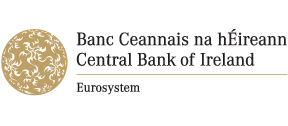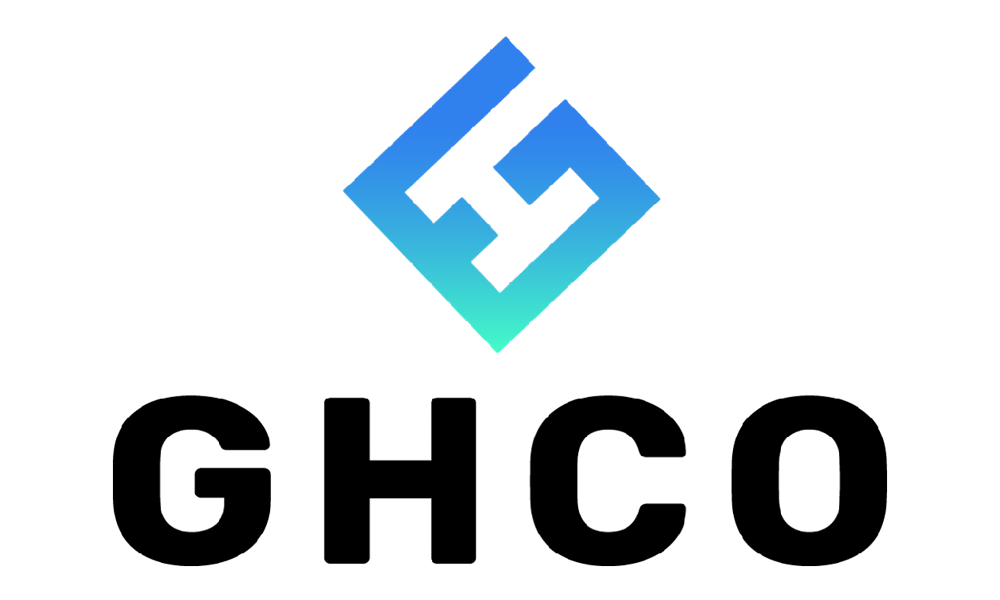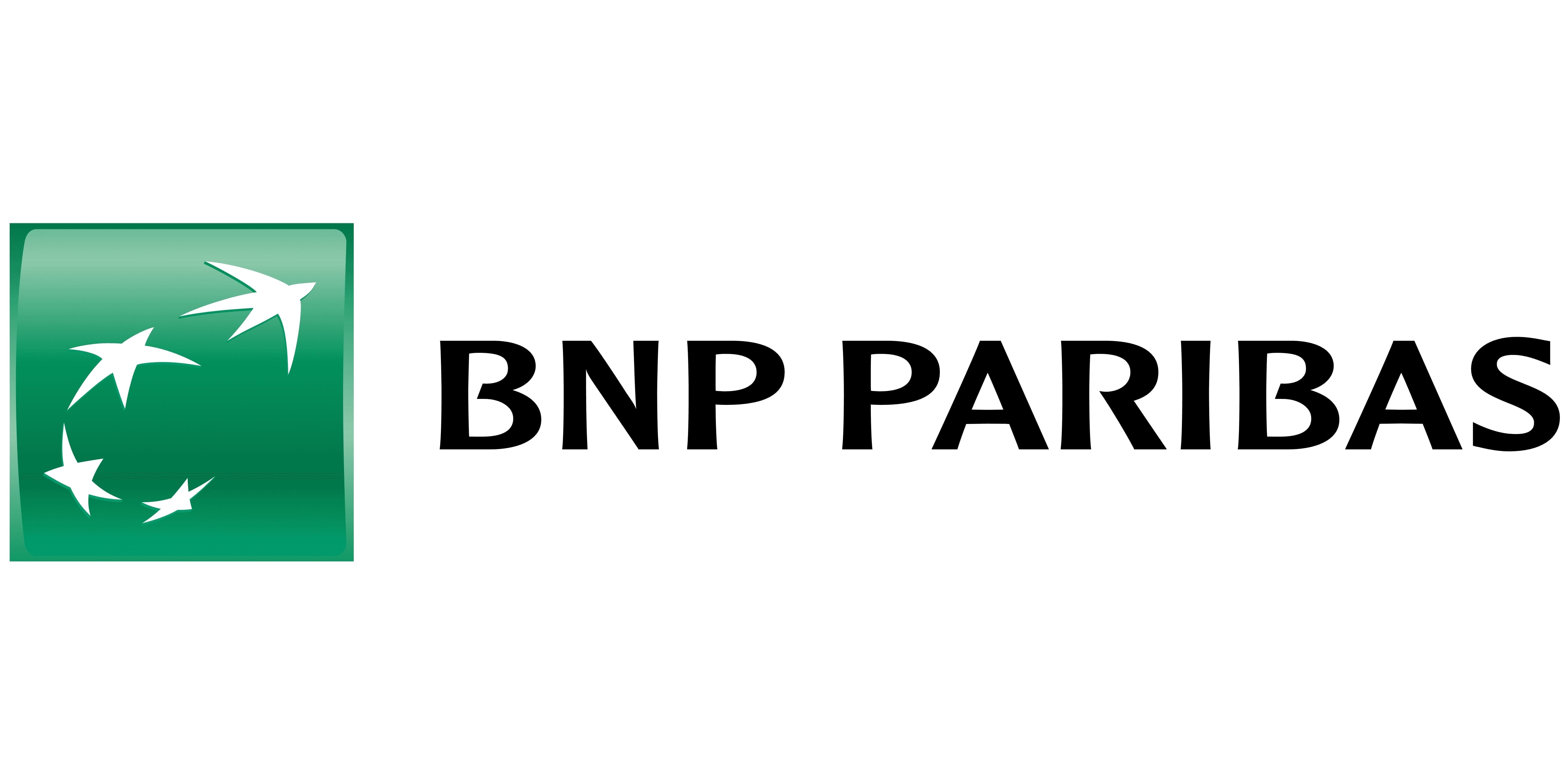Just how healthy it is for Europe’s $2.27trn ETF industry to rely on a small handful of market makers to ensure the smooth running of the ecosystem is an important question recently raised - but not fully answered - by the Central Bank of Ireland (CBI).
Participants in Europe’s ETF market are already familiar with the multiple problems thrown up by fragmentation, with more than three thousand ETFs and products now listed in Europe and trading spread across 29 exchanges and multiple other venues.
But some less well understood risks may also lie in the intense concentration of ETF creation and redemption activity into a small pool of market makers and the large institutional traders known as authorised participants (APs), according to the CBI, which acts as the lead regulator for around 70% of the assets in European-listed ETFs.
The CBI’s latest analysis found that around four-fifths of Irish domiciled ETF creation and redemption activity by value runs through the books of the top five APs. And just two APs are responsible for a “significant” but undisclosed percentage of this activity.
Similarly, just a few “key entities” hold powerful positions in acting as contracted market makers for ETF concentrations and redemptions. Five market makers hold contracted responsibilities for creations and redemptions for almost nine in every 10 of the ETFs overseen by the CBI.
The regulator’s unsurprising conclusion is that this may pose risks for ETF liquidity, price arbitrage mechanisms and market access if serious problems were to arise among this tiny group of market makers and APs.
Names were not disclosed by the CBI but players such as Jane Street, Flow Traders, Virtu, DRW, GHCO, Société Générale, BNP Paribas and Jefferies will surely have been prominent in the assessment by the regulator.
The CBI’s recommendations to ETF fund boards – consider widening the net to involve other market makers and APs and improve the monitoring and reporting of existing relationships with these counterparties – are sensible enough but it remains to be seen if these instructions actually compel changes that would be healthy.
Other questions also arise. For instance, whether similar concentration risks involving market makers and APs also exist for Luxembourg domiciled ETFs.
It bears considering if other regulators – Luxembourg’s Commission de Surveillance du Secteur Financier (CSSF) and the European Securities and Markets Authority (ESMA) in its role as the regional regulator – share the same concerns as the CBI. Presumably yes but do they have the data to back up these concerns?
Similarly, how the concentration of activity among ETF market makers and APs in Europe compares with the much more efficient US market.
Also, whether the long-delayed consolidated tape can provide a more complete picture of trading activity of stocks, bonds and ETFs across Europe and help regulators to form a better understanding of where risks are building up and need addressing.
That is certainly one of the objectives for the consolidated tape for market supervisors, but it will take a considerable time until a more detailed assessment is possible and any regulatory action then follows.
In the meantime, the dominant role for ETFs established by the small coterie of market makers and APs looks set to remain intact and uninterrupted.










